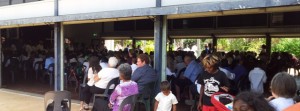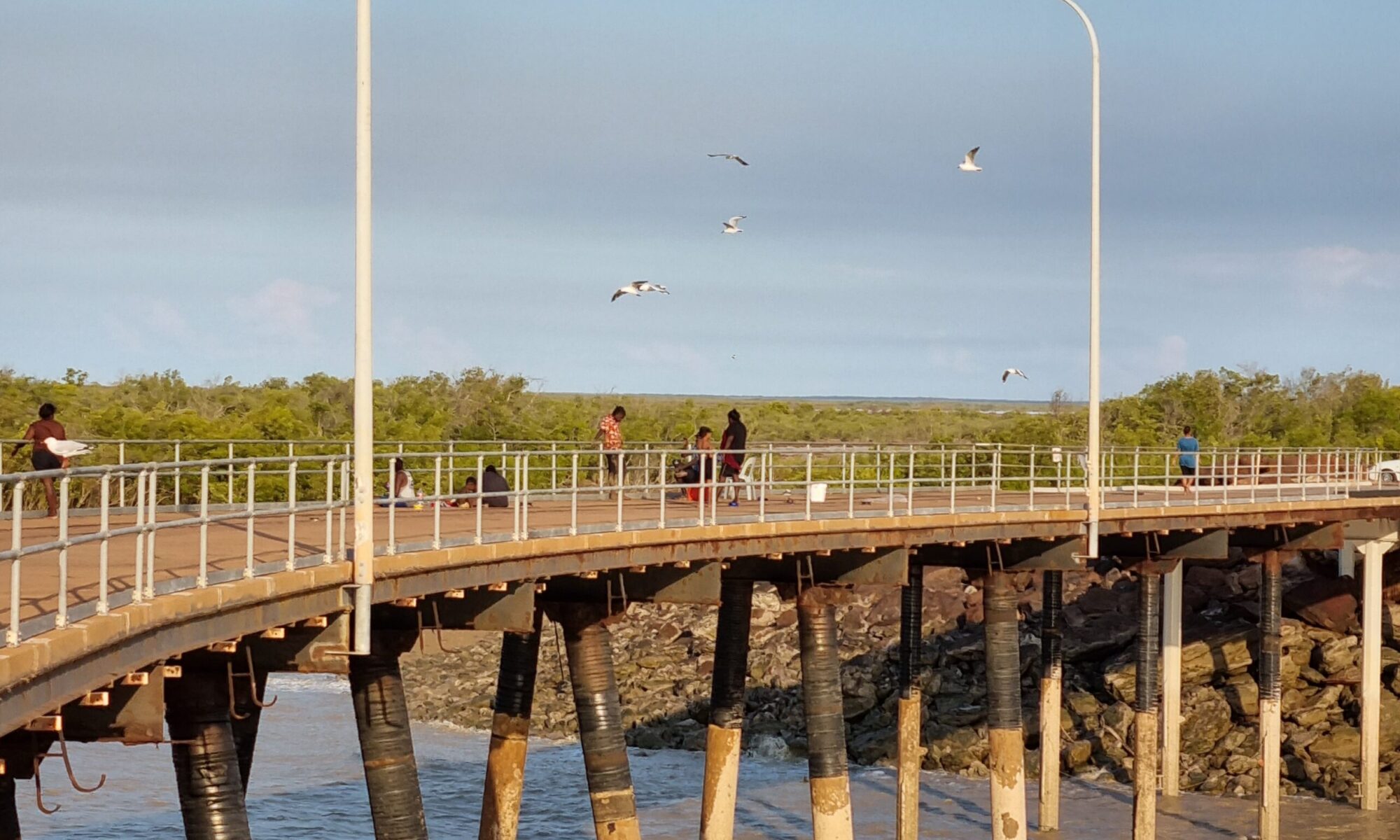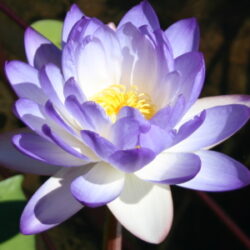It was the first Aboriginal funeral I have attended – but it almost certainly won’t be the last. Of all the funerals we could have gone to, this one was most likely one of the most positive. It was a nearly 3 hour long service commemorating the life of a 58 year old Worrorra/Ngaringyin/Wunambul woman, Heather Umbagai. We were just getting to know Heather out at Mowanjum before she died. She was a well spoken, kind and believing woman who was a leader in her community. She was the first Aboriginal woman to be trained as a nurse in this area, and perhaps Australia. In her later years she suffered from kidney and diabetic problems, but she was still active in organising, planning and participating in community events.
“Heather was a very inspirational lady who always wanted to do a lot of encouraging, helping, talking and listening to community people. The main focus she always wanted to get people to believe in the Lord. She always loved going to church [7th Day Adventist], singing and kept her faith strong. She loved reading the Bible going to church and telling people about God.” (Taken from her funeral booklet.)
The things I observed about this funeral, which I think may be distinctive from most non-Indigenous funerals, are as follows:
- The size! (300-400 people.) Great importance is put on attending a relative’s funeral. Often funerals are delayed for many weeks, even months, depending on how many local people have died beforehand. Each funeral must be held in order of death, so if there are several others who have died beforehand, you must wait your turn. This also gives family members (close and extended) time to travel from far away destinations to be there.
- The dress. Everybody was really scrubbed up for the occasion. Children were wearing new white shirts and pretty dresses & shoes.
- The wailing. Because this was a service that was attended by a lot of believers in the resurrection, I am guessing that there was not as much wailing as usual. Nevertheless, when the coffin was brought in & taken out at the end of the service a few people broke out into loud wailing. It was very moving.
- The freedom to come and lean over the coffin and cry. This was something new to me. I think in most white funerals I have attended (not many), touching the coffin would be a definite “no go” zone.
- The length. At nearly 3 hours, it was long. Time was given after the formal addresses for people to come up and say something about the deceased. This went on for about an hour. There was a very touching moment when a young man was escorted to the front hand cuffed to a prison guard. The young man, being a relative of Heather, was very distraught and spoke through sobs about his beloved mum/auntie. I think everyone really felt for him.
The highlight of this memorial service was the choir, made up of local Indigenous and Fijian singers. They sang some great Christian songs full of hope for the resurrection. As the coffin was carried out, this large choir sang “When the roll is called up yonder I’ll be there”.
We were privileged to know Heather for a short time. She always made time for us when we visited her in her yard at Mowanjum. She was very well spoken, open to us and enthusiastic about her faith. We are glad that we were able to be connected enough to be able to join many others in commemorating her life.


